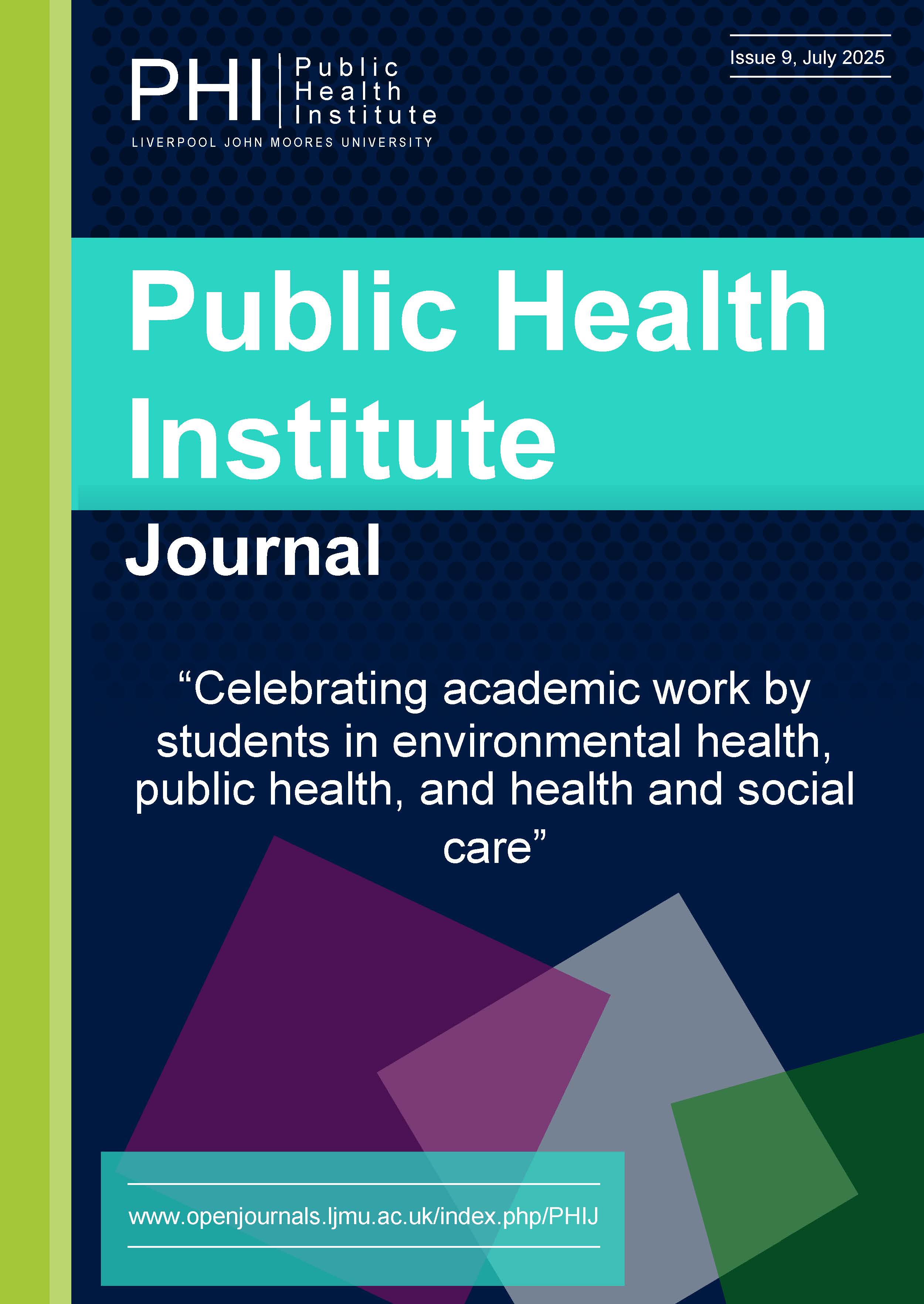Vaping and public health: A critical review of health impacts, smoking cessation potential, and treatment challenges associated with disposable e-cigarettes
Keywords:
Vaping, E-cigarettes, Smoking Cessation, Public Health, Youth, Disposable Vapes, RegulationAbstract
This dissertation aimed to explore the public health implications of vaping, including its efficacy as a smoking cessation device, the health consequences of its use, and the treatment issues of the introduction of disposable e-cigarettes (vapes). The research was literature-based, drawing on a broad range of peer-reviewed journals, government documents, and public health documents, with a focus on the UK context. The first half of the investigation considered the potential for e-cigarettes to aid in smoking cessation. It concluded that smoking e-cigarettes could lead to quitting in smokers when complemented by behaviour support, and could be superior to conventional nicotine replacement therapy. There remains, however, lingering issues of continuing nicotine dependence and dual use. The second half considered short-and long-term health damage from vaping. While marketed as healthier than smoking, studies indicated that they also creates respiratory, cardiovascular, and psychological risks to younger consumers especially. The latter subgroup targeted disposable vapes, referring to increased teen use and the fact that youth public health initiatives did not have age-specific treatment protocols in existing programs.
The research found that vaping is a useful harm reduction strategy for adult use but poses daunting challenges for non-medical youth consumption. The most severe obstacles are inconsistent product regulation, access to high-nicotine products, and weak public health communication and cessation resources. Recommendations involve implementing youth cessation programs targeted, enforcing current legislation more effectively, and long-term health impact and motivational behaviour youth vaping more studies. Public general education needs to clearly differentiate harm reduction in adult smokers from adult adolescent prevention strategies.
Published
Issue
Section
License
Copyright (c) 2025 Mohammad Alraddadi

This work is licensed under a Creative Commons Attribution 4.0 International License.
Authors retain copyright and grant the journal right of first publication with the work simultaneously licensed under a Creative Commons Attribution License that allows others to share the work with an acknowledgement of the work's authorship and initial publication in this journal.


